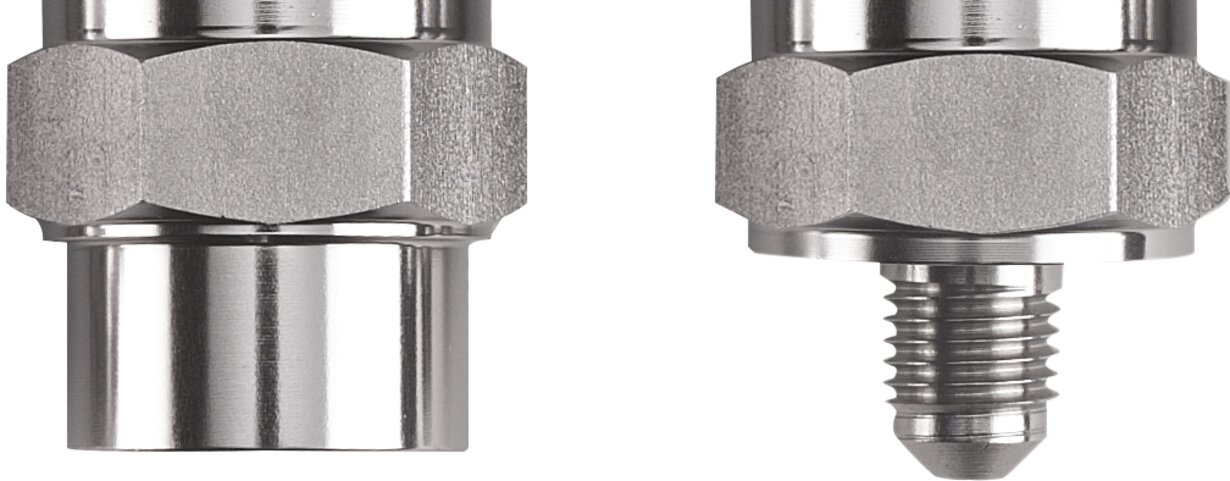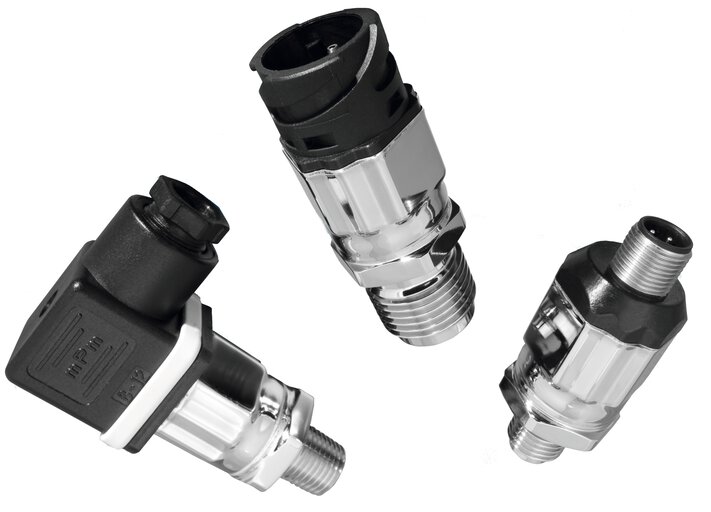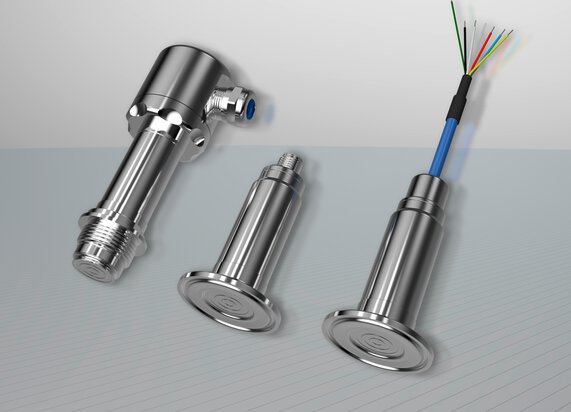

DIN 3852 or DIN EN ISO 1179-2? Process connections for pressure equipment
DIN 3852 or DIN EN ISO 1179-2 - which standard currently applies to pressure connections? Read on to find out which standard is correct and how they differ.
Standards for pressure connections
The DIN 3852-E standard for pressure connections (e.g., threads) no longer applies. The current standard that we use for pipe threads (e.g., G 1/2, G 1/4, G 1/8) is DIN EN ISO 1179 "Pipe fittings for general use and for hydraulic and pneumatic drives and controls -- Sockets and end fittings with ISO 228-1 threads sealed with an elastomeric seal or directly metal-to-metal -- Part 2: Heavy-duty (series S) and light-duty (series L) end fittings sealed with an elastomeric seal (type E)."
DIN 3852-2 contains specifications for component parts with whitworth pipe threads.
DIN 3852 – stud ends and ports of fittings, valves and plug screws
This DIN 3852 standard specifies the dimensions, types and designation to be had for the ends of fittings, valves and blanking screws and their ports.
In the data sheets of equipment manufacturers, including JUMO, you can still see the former DIN 3852 standard. We are making every effort in the revision process, but it is time-consuming. In addition, DIN 3852-E has taken hold, and DIN EN ISO 1179 is even less well known.
DIN EN ISO 1179
Thread dimensions have not changed with the new DIN EN ISO 1179.
G 1/4 a DIN EN ISO 1179-2
According to DIN EN ISO 1179-2, the G 1/4 thread hole is 39.3mm and the pitch is 11.
Differences between DIN 3852 and DIN EN ISO 1179
The main differences between DIN 3852-2 and ISO 1179-1 are:
-
DIN 3852-1 creates a seal by cutting the surface.
-
ISO 1179-1 creates a seal through an elastometric seal (FKM or NBR).
Do you have any questions about pressure connections? Contact us - our experts are waiting for you!

Threads in MIDAS S05 and S06 pressure transmitters
- ${title}${badge}


